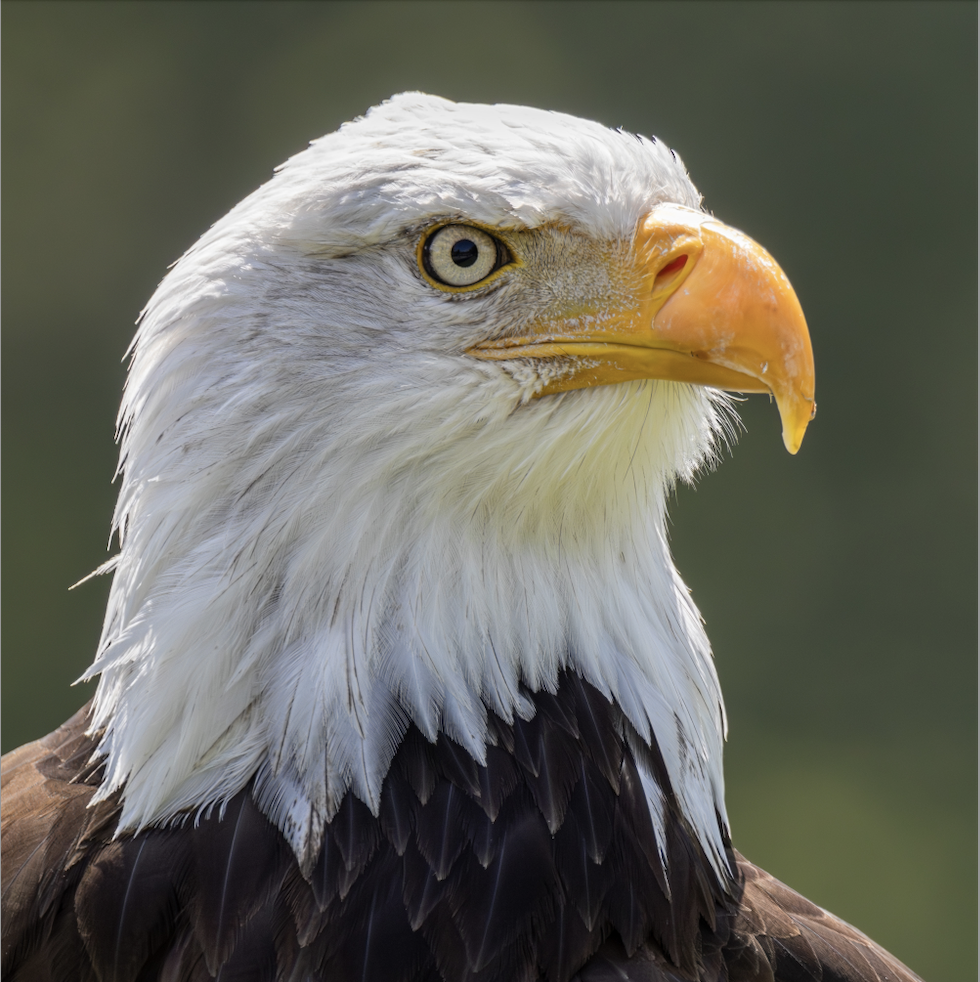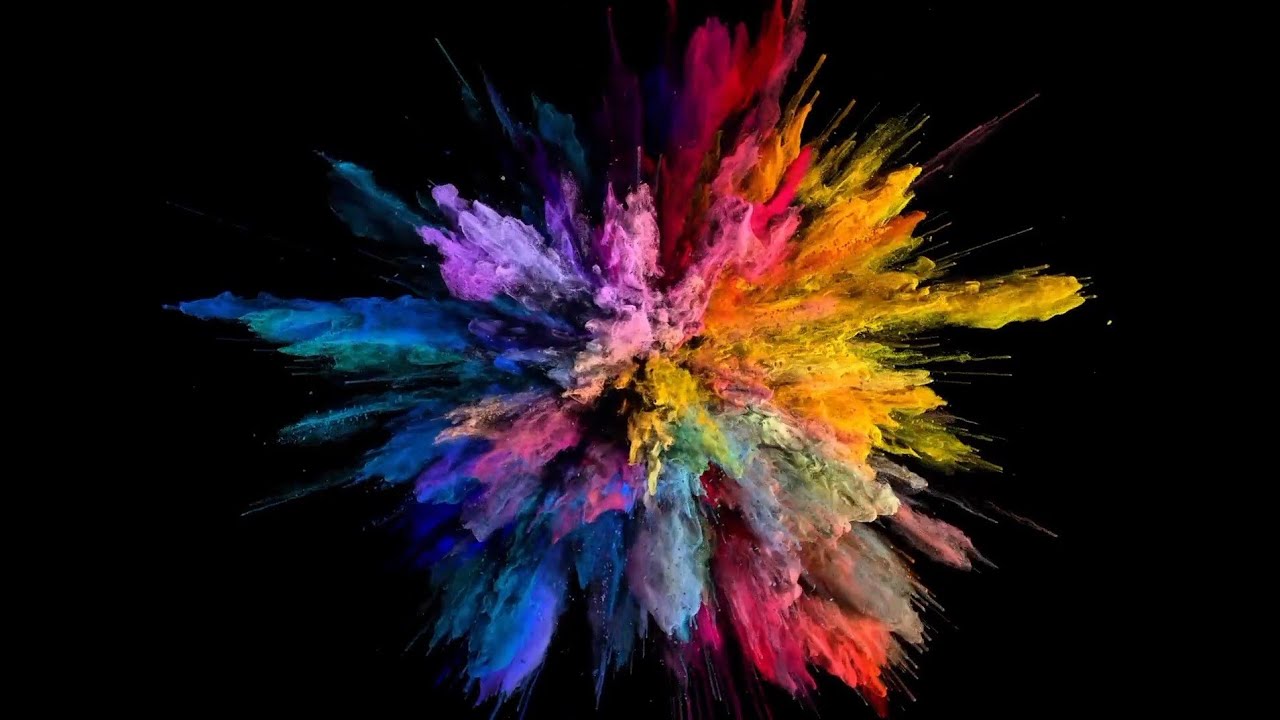Fair enough, a bunch of but holes in that one. I’ve been brushing up on the classics lately while waiting
- 2 Posts
- 28 Comments
*Amazing
Gorgeous, astrophotography is like black magic to me, I’m really grateful there’s people like you out there giving us these kinds of images.

 2·8 months ago
2·8 months agoWonderful, I love the textures in this one
 1·8 months ago
1·8 months agoThank you!
I do make a limited run of signed and numbered prints of select shots. I’ve only ever sold locally, so I’m not rigged for international orders. DM me if you’re interested, I’m sure we can work something out.
 1·8 months ago
1·8 months agoYou’re spot on, it’s a really slow rolling shutter. I like the idea of focusing in on what is normally considered an undesirable artifact and elevating it to become the centerpiece. Messing around with motion gets some wild results and is a lot of fun!
 4·8 months ago
4·8 months agoThanks! I dream of someday having enough resources to rent a studio space and construct some proper scenography with experts in the field. It could make for some truly wild landscapes and photos.
 7·8 months ago
7·8 months agoThanks! I’m glad you think its cool!
Im afraid the ‘dirt’ is actual dust and grime on the glass plate. It’s a hassle to disassemble and clean, so I don’t do it nearly often enough.
 2·8 months ago
2·8 months agoI’m not really one for numbers, and I don’t know understand your question.
If a 180 degree cone in front of the lens is the widest, I think this setup can do something like 80 degrees, and does its best work between 50 to 70. That said, this purely finger in weather approximation, I’m not really interested in the numbers when I do these shots
 7·8 months ago
7·8 months agoIn basic principle it’s a pinhole camera using a scanner as the photosensitive surface. I’ve stuck a magnifier glass to the front, it gives some sharpness and a lot of possibilities outside of a simple pinhole.
There’s a picture of the camera in my comment history, its violently unimpressive
 7·8 months ago
7·8 months agoI haven’t messed with moving the camera around, but I’ve done heaps of experiments with motion in front of the camera.
I do have a dream of doing a sort of anamorphic projection through time, that will require camera motion, but that’s on the cooker for now
 10·8 months ago
10·8 months agoThere’s no viewfinder at the moment. I point the camera to the best of my ability, do a low resolution scan over about 10 seconds, and adjust appropriately. Framing and focus is difficult, but gets easier over time. Whenever I have people helping or modeling on a picture, I make very sure they’re aware that it is a messy trial and error process.
 231·8 months ago
231·8 months agoThanks!
There’s a picture of the camera in this comment section
Basically it’s an acrylic magnifying glass stuck into a foamboard box held together with gaffers tape. Focus (and FoV by design) is controlled by adjusting the distance between the lens and the scanner surface.
Beautiful shot, the colors and apparent layers look great. I’d love to see a version with some correction for distortion, the bendy foreground takes me a bit out of the experience.
 2·8 months ago
2·8 months agoWhat you are describing is known as a harris shutter, which would be awesome to explore, especially considering the weird way motion is captured on one of these devices.
I don’t think a separate brightness channel is entirely necessary. But if you want to go down that path, I’d start trying out the blending modes in photoshop. There’s probably also some method for taking your RGB composite, and bring it into a colorspace that has a separate channel for brightness, and then replace that channel with your b/w pass. Lab color space should allow you to do this, although I’m not really sure what software to use, or if theres some way of doing This directly in Photoshop.
 4·8 months ago
4·8 months agoThank you!
The n650u looks very similar to the lide 30, so I’ll assume that it’s more or less the same inside.
The sensor assembly is fairly straightforward. A plastic housing that gets pulled by a cord. Once you liberate the assembly from its track/cord/whatever is holding it and moving it around, you get to the good part.
The sensor itself, and the RGB LED that supplies the light is on a PCB that’s mounted to the plastic carriage from the underside, it’s held together by plastic tabs (it’s a few years since I did this, so the details might be off, but it wasn’t a difficult task). Use a sharp utility knife to cut the tabs and remove the sensor PCB. I’ve used strips of gaffers tape to put it all together again. The LED looks like a small white rectangle stood perpendicuar to the PCB, I simply broke it off. This makes the canon drivers throw an error, but VueScan doesn’t care. If you’re squeamish about actively destroying your scanner, you can probably figure out a way to cover it up with some tape or foil.
The circular vignetting you’re seeing is due to the pinhole array, it’s a thin black plastic strip with a bunch of tiny holes set in front of a slit, just rip it off, its either glued or welded in place, but I’ve never had a problem getting it out with some pliers. While you’re messing about in that area, get rid of the prism that spreads the light from LED as well, it probably won’t do much of anything if left in, but it feels better to remove it.
Once you run the camera in this state, you will discover that you get uneven exposure from edge to edge, a linear vignette perpendicular to the axis which the sensor moves. This happens because the plastic housing of the sensor is throwing shade. So use any available abrasive machine, and cut that housing down to its essential functions of holding the sensor in its place, and as a pressure against the glass plate.
Unfortunately I don’t have any large format lenses around, so I’ve stuck a magnifying glass to the front of my camera (you know, gotta keep it punk rock), but the way I handle aperture is by cutting holes into black cardboard (very thin cardboard) at about the size I think will work, and taping the hole across the lens. One of my goals with this project is to try make photography into a tactile, direct and intuitive process so I try to avoid unnecessary machinery.
The reason you’re only getting grayscale is due to how a CIS scanner renders color. During a normal scan, the RGB LED only flashes one channel at a time, and the driver figures out if it’s looking at the red, green or blue signal all by itself, and at the end it interpolates the data to render a full color image file for you to enjoy. I’ve been playing around with the idea of tapping the signal path and use it to trigger an external RGB lighting rig in a studio, to get full color images of models. But so far it’s only a funny thought!
And lastly, the sensor is exceptionally sensitive to infrared light, to the point that the heat from the internal electronics of the scanner causes streaking. I’m using a few pieces of carefully placed aluminum foil to shield the sensor in select areas, and that reduces the issue to a tolerable amount.
Good luck on your build! This project has given me a boatload of insights into both photography, electronics and computing, and I hope you will have a similarly awesome journey.
Edit: im happy to answer any further questions you might have. it would be awesome to see some shots once you get the contraption up and running!
 7·8 months ago
7·8 months agoDrake is an older/less used form of Drage, which is a Norwegian word that means both kite and dragon. And the V is because it’s the fifth one in a series I’m working on. I didn’t realize the connection to the artist at all before you pointed it out…
 4·8 months ago
4·8 months agoThanks! Is that a Deus Ex ref in your username? In that case, double thanks!



Cathode ray dude on YouTube just dropped a feature length video on scanners, you might find it interesting!